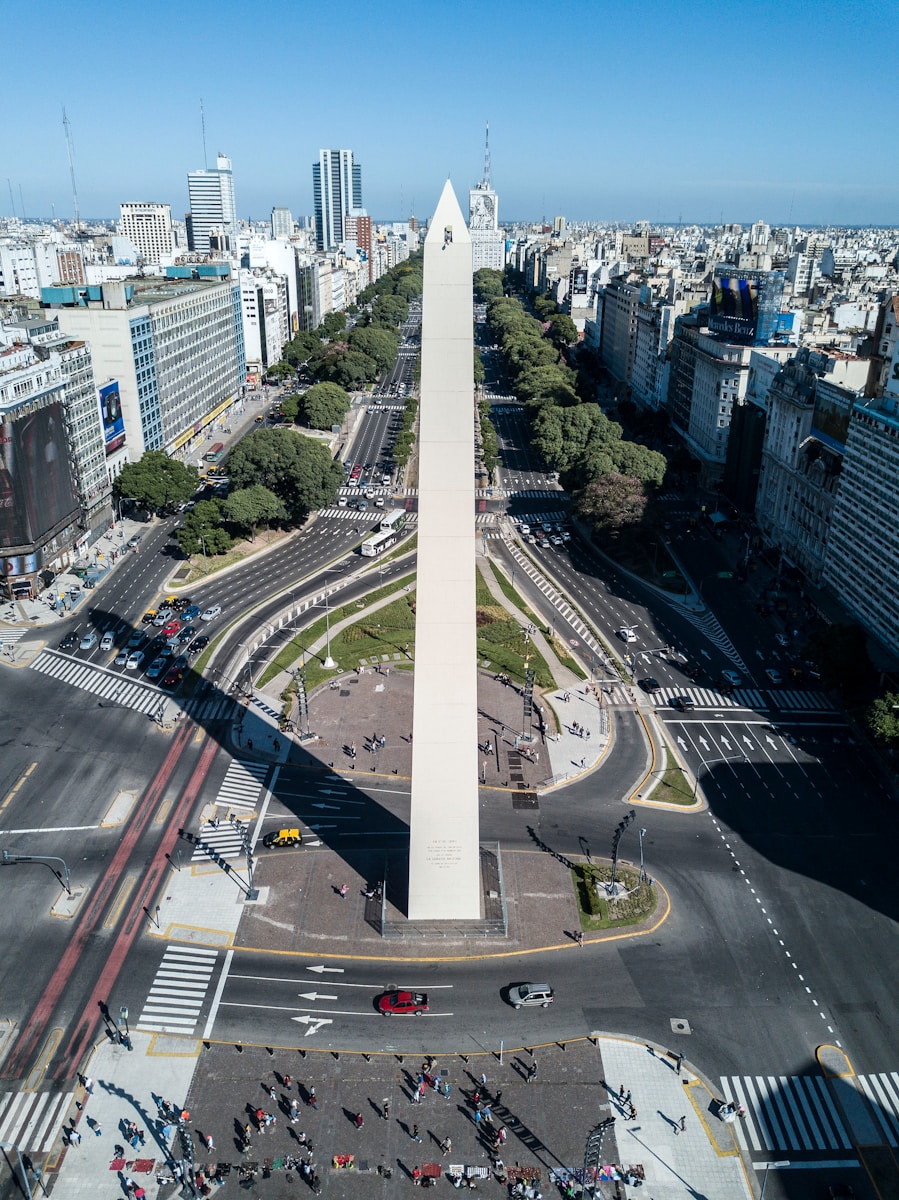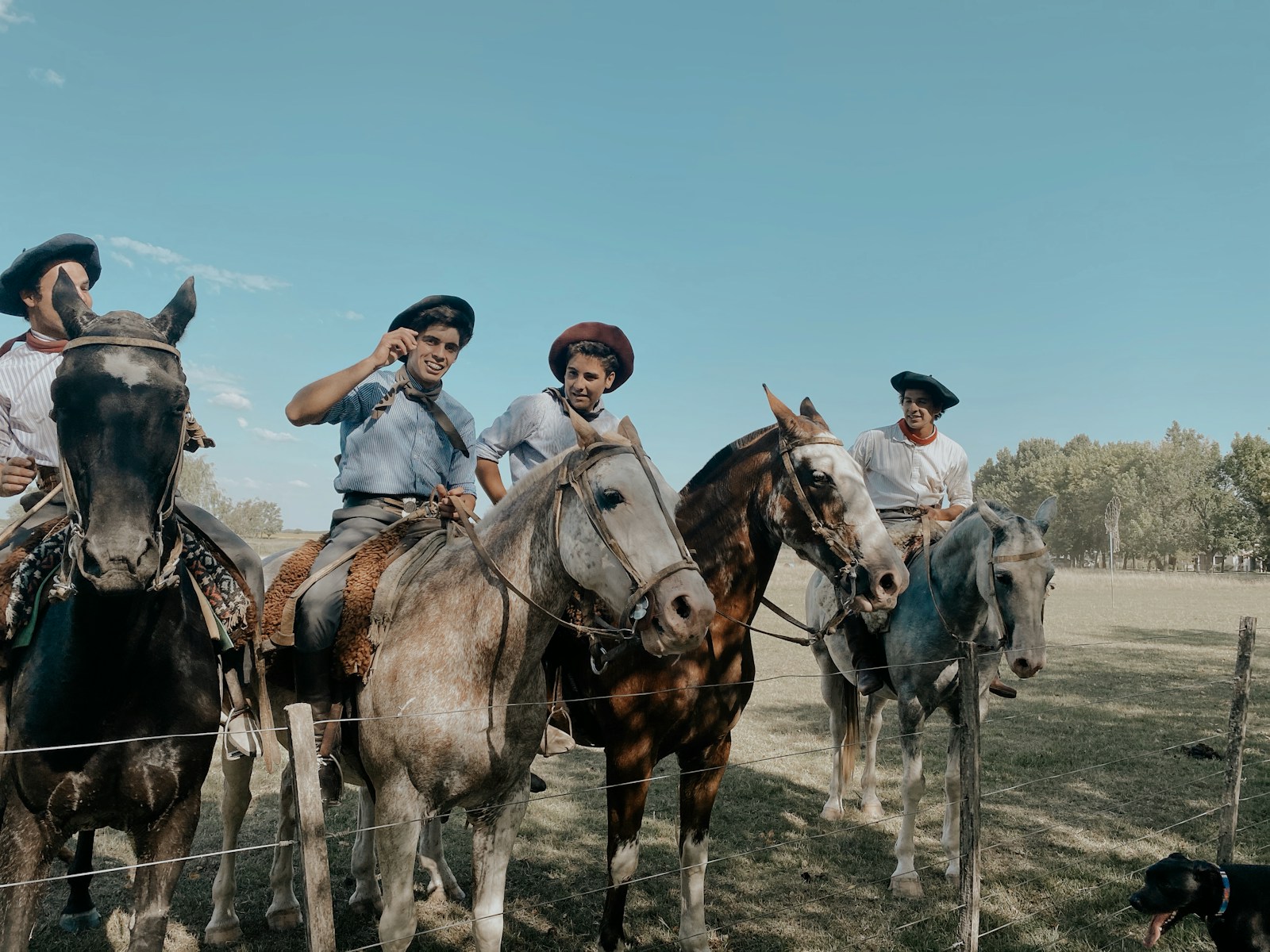Test della TBC (MANTOUX o TST cutaneo-in vivo // IGRA o QUANTIFERON su sangue-in vitro). Per la ricerca del Mycobacterium della tubercolosi.
Puoi richiedere di effettuare i test presso la Clinica del Viaggiatore CESMET scrivendo a [email protected]
Il centro è specificamente abilitato a condurre test diagnostici e prevenzione, come il test tubercolinico (Mantoux), per concorsi universitari, scolastici, forze armate e concorsi pubblici. In virtù di tale autorizzazione, i referti e le certificazioni rilasciati dal centro per attestare il risultato dei test sono riconosciuti ufficialmente dalle istituzioni universitarie, dagli enti pubblici e da altre organizzazioni per fini istituzionali e procedurali.
Convenzioni per concorsi universitari, scolastici, forze armate e concorsi pubblici (dove richiesto). La risposta è corredata da valutazione e certificazione infettivologica.
Il Centro Cesmet Clinica del Viaggiatore ha stabilito delle convenzioni per i concorsi pubblici, le università, e le scuole, offrendo servizi diagnostici e test, come il test tubercolinico (Mantoux), a costi ridotti rispetto alle tariffe normalmente applicate per richieste di lavoro e clinici privati. Inoltre, non è necessaria alcuna impegnativa per accedere ai prezzi agevolati previsti dalla convenzione. Questa iniziativa consente a studenti, insegnanti, e partecipanti a concorsi pubblici di accedere a questi servizi sanitari specializzati in modo conveniente e accessibile
Cosa è il test mantoux per la tubercolina?
Il test cutaneo alla tubercolina (TST o Mantoux), noto anche come test in vivo, si basa sulla reazione cellulomediata indotta dall’iniezione di un derivato proteico purificato (PPD) del Mycobacterium tuberculosis nel tessuto sottocutaneo, solitamente nella regione interna del braccio. Questo test si distingue per la sua sensibilità e la maggiore facilità di interpretazione rispetto ai test in vitro, come il Quantiferon.
Il test Mantoux consente al medico di diagnosticare la tubercolosi e di interpretare in modo accurato i sintomi sospetti del paziente. Infatti, la valutazione della risposta intradermica ritardata, ossia la reazione sotto la pelle all’antigene tubercolare somministrato, permette di individuare una possibile ipersensibilità al batterio e di distinguere tra infezioni latente e attiva.
La misurazione della reazione cutanea aiuta a quantificare la risposta immunitaria del paziente all’inoculazione di PPD, offrendo informazioni importanti sulla storia dell’esposizione al Mycobacterium tuberculosis e sullo stato dell’immunità cellulomediata del paziente. Inoltre, poiché il test Mantoux viene eseguito direttamente sul paziente, consente una diagnosi rapida e precoce, aumentando la probabilità di un intervento terapeutico efficace e tempestivo.
In conclusione, il test Mantoux è uno strumento diagnostico importante e valido per la rilevazione della tubercolosi e delle risposte immunitarie correlate, contribuendo a una migliore gestione clinica della malattia e all’individuazione di possibili contagiati da trattare e monitorare in modo adeguato.
Dal momento dell’inoculazione dell’antigene, per il test Mantoux, occorrono 48 ore per la valutazione della risposta immuno-cellulare sul braccio, e per ottenere la risposta. Il certificato, con valutazione infettivologica verrà spedito via mail appena saranno acquisiti i dati.
Il Cesmet Clinica del Viaggiatore dispone del reagente per effettuare il test cutaneo Mantoux – TST. Dovrà essere compilata una scheda anamnestica con dati di eventuali sintomi presenti al momento dell’effettuazione del test, ed eventuali esami di immagini (RX, TAC, RMN) effettuati di recente prima del test.
Una volta presentato il modulo anamnestico verrà effettuata l’inoculazione dell’antigene tubercolare sulla parte volare dell’avambraccio. L’inoculazione è sottocutanea. Il test è assolutamente innocuo e non crea effetti di alcun tipo. (sempre con quella relatività imposta dalla relatività biologica).
Cosa è il test quantiferon per la tubercolina?
Il test QUANTIFERON è un esame di laboratorio che utilizza un prelievo di sangue per misurare la quantità di interferone gamma (IFN-γ), una citochina rilasciata dai linfociti T in risposta alla stimolazione con due antigeni specifici del Mycobacterium tuberculosis (ESAT-6 e CFP-10). Questo test si differenzia dal Mantoux, poiché quest’ultimo valuta la risposta immunitaria in vivo attraverso l’inoculazione di derivati proteici tubercolari nel tessuto sottocutaneo.
Nonostante la specificità e la quantificazione offerta dalla risposta in vitro del test QUANTIFERON, esso non può sostituire completamente la reazione cellulare osservata nella risposta agli antigeni inoculati nel test Mantoux. I due test offrono informazioni complementari e, spesso, vengono utilizzati in combinazione per una diagnosi accurata della tubercolosi e per un’adeguata gestione clinica della malattia.
In sintesi, il test QUANTIFERON è un importante strumento diagnostico che, assieme al test Mantoux, contribuisce all’identificazione delle infezioni tubercolari e della risposta immunitaria del paziente, consentendo un trattamento precoce e appropriato e una migliore gestione dei casi sospetti o confermati di tubercolosi.









